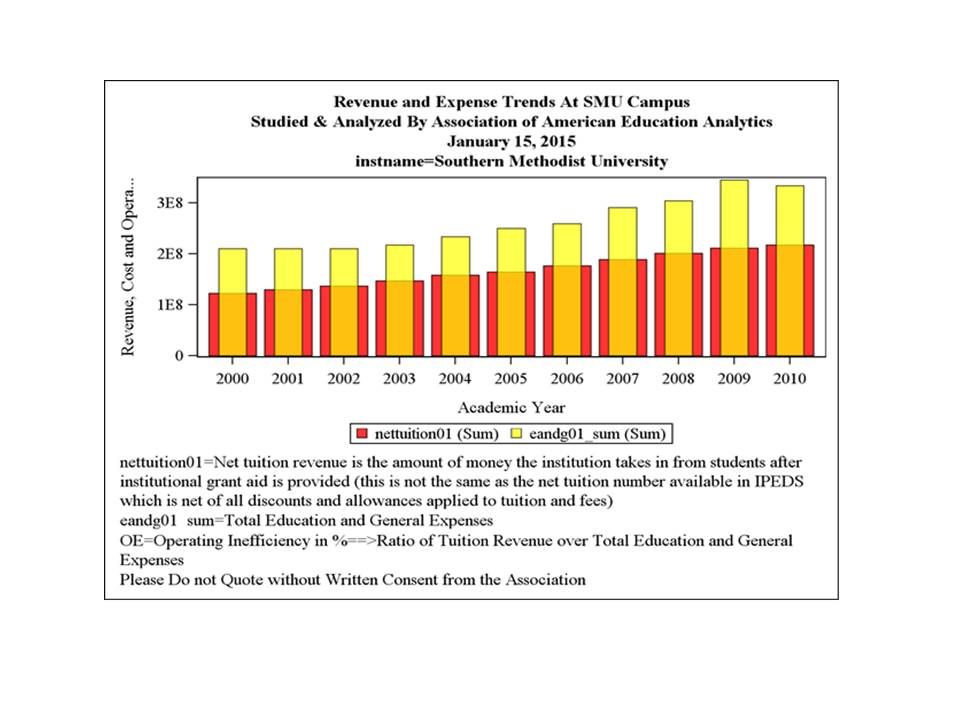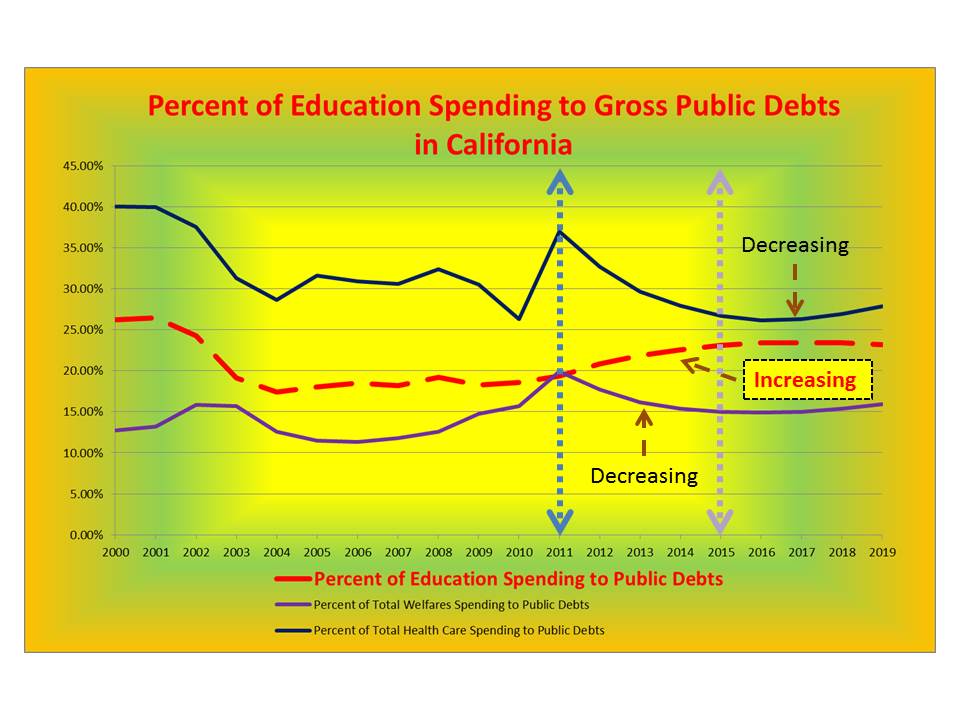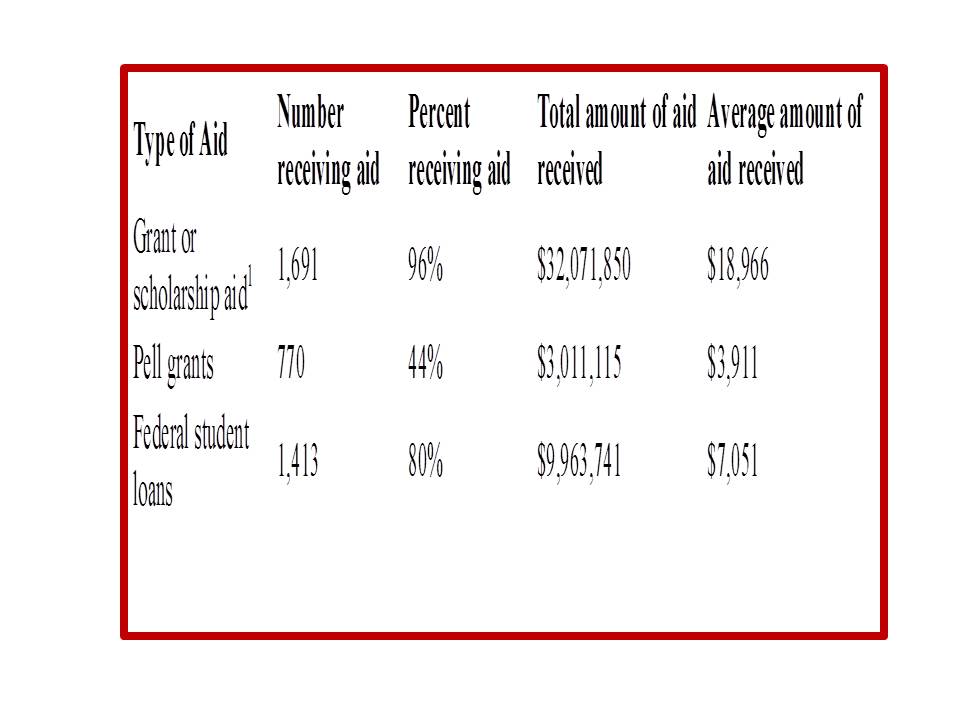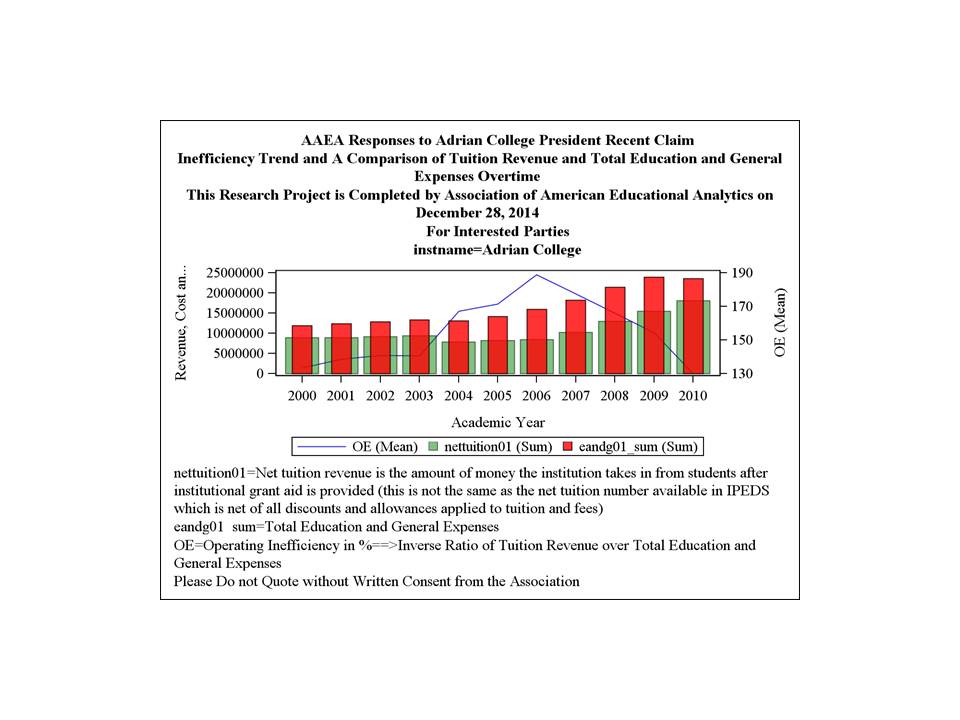On December 19, 2014, a new college rating system framework was announced and introduced to the American public for comments. This newly college rating system is called PIRS (Postsecondary Institutional Ratings System) which was known before as College Affordability Rating or CAR. The CAR was introduced to the public on August 22, 2013. Under the CAR, US Colleges will be ranked based on 4 factors:
Average tuition, Graduation rates, Student loans debt and Average earning of graduates
The CAR produces ratings that have a direct relationship with how much federal funding such as Pell Grant will be awarded to certain institutions. Therefore, the objective of the CAR is clear. It has the regulatory power aimed to control skyrocketed college education cost and college accountability. On the other hand, the PIRS policy in its present form does not relate the ratings, but indirectly with federal financial aids. PIRS will rank US higher education institutions into three groups, high, medium and low performers and the ratings are calculated based on the following metrics:
1. Percentage of students receiving Pell.
2. Expected family contribution (EFC) Gap.
3. Family Income Quintiles.
4. First-Generation College Status.
5. Average Net Price.
6. Net Price by Quintile.
7. Completion Rates.
8. Transfer Rates.
9. Labor Market Success, such as Short-term “Substantial Employment” Rates and Long-term Median Earnings.
10. Graduate School Attendance.
11. Loan Performance Outcomes.
One can summarize those eleven factors into three categories which are:
a. College Accessibility (point #1 to 4).
b. College Affordability (combine point # 5 and 6) and
c. College Accountability (combine point#7 to 11).
The plan describes that PIRS has several objectives and they are:
• To help colleges and universities measure, benchmark, and improve across shared principles of access, affordability, and outcomes.
• To provide better information about college value to students and families to support them as they search for select a college,
• To generate reliable, useful data that policymakers and the public can use to hold America’s colleges and universities accountable for key performance measures. In the future this can be used to help align incentives for colleges to serve students from all backgrounds well by focusing on the shared principles of access, affordability, and outcomes; ensuring wise and effective use of $150 billion in financial aid.
• In additional to federal efforts, and those of individual institutions, we believe the ratings system can help inform policy, accreditation and funding decisions by states education authorities, policies and practices of accreditors and others.
If one analyzes the PIRS policy objectives, it is pretty clear that the regulator will make their finding publicly so that other agencies might be able to use the results. But, it is not clear to what extent the finding will be used. It is just up to different institutions how they are going to use the information. It is just a fact finding and it seems that the regulator does not want to go any further than that. It limits its role only to present the results–no-more and no-less, just that. In other words, it does the minimum work to response to the public’s outcries about skyrocketed college cost. Therefore, in the short-run, the colleges are free to do whatever they want to do. They can completely ignore any public concerns and operate as BAU, as they have in the past. The only factor that can change them are the market forces.
The original plan, the CAR has been watered down significantly. Perhaps, this shows that the regulator has giving up hope, or it gives up because of the third parties’ pressures. As results, they may have chosen to side away from the students and majority of the American public (reminder: Big file). Or it may reflect the results of the midterm election and therefore no one believe that the law makers will pass the plan. So, rather than to push through and take the opportunities to make live-time changes for the good of Uncle Sam, the institution has chosen to scrap the plan before it even started and let the next guys in line to deal with it. Thanks goodness, the invisible hand of Adam Smith will keep working to ensure market efficiency and Pareto optimal resource allocations, regardless who will run the country after the next election.








